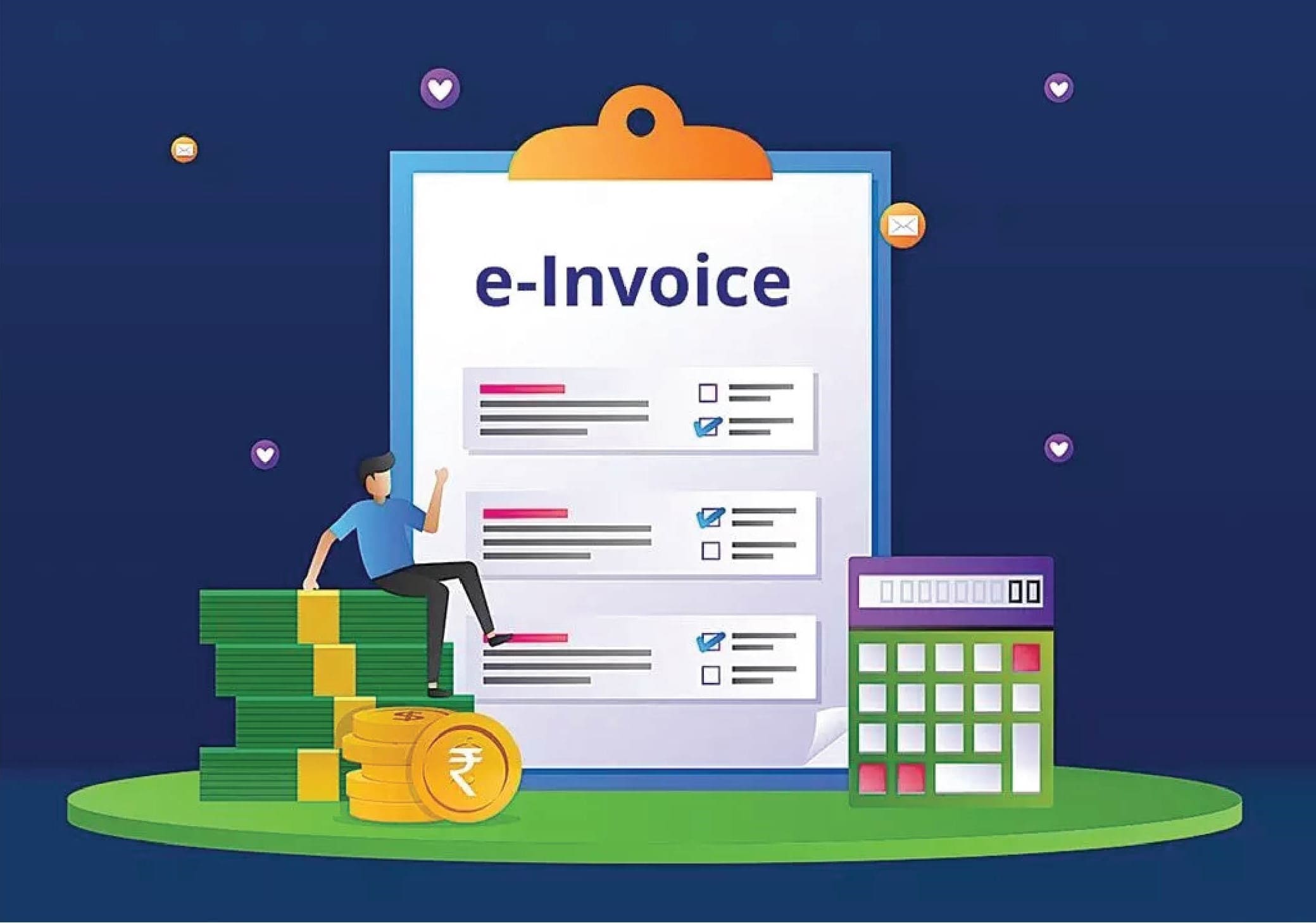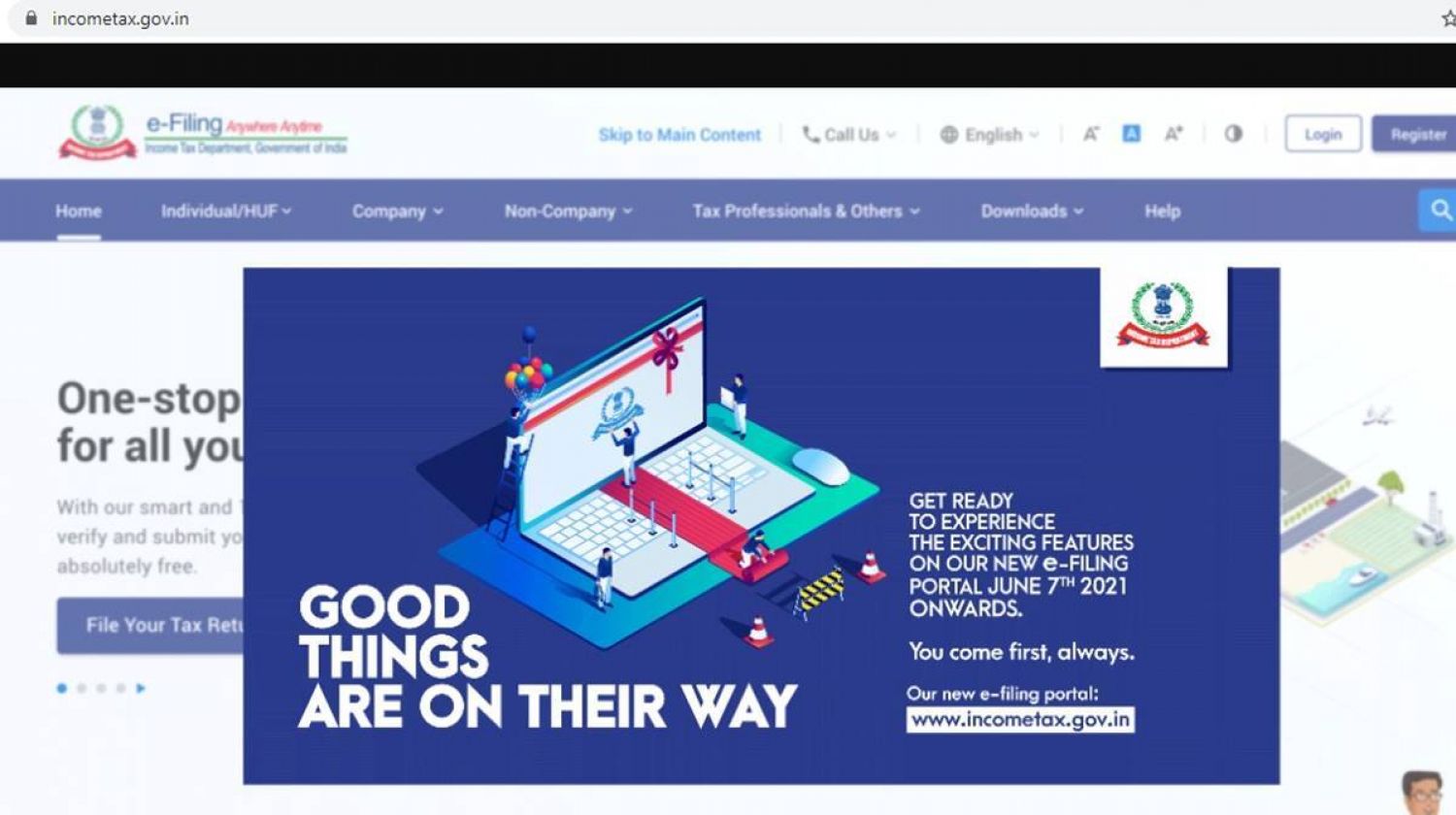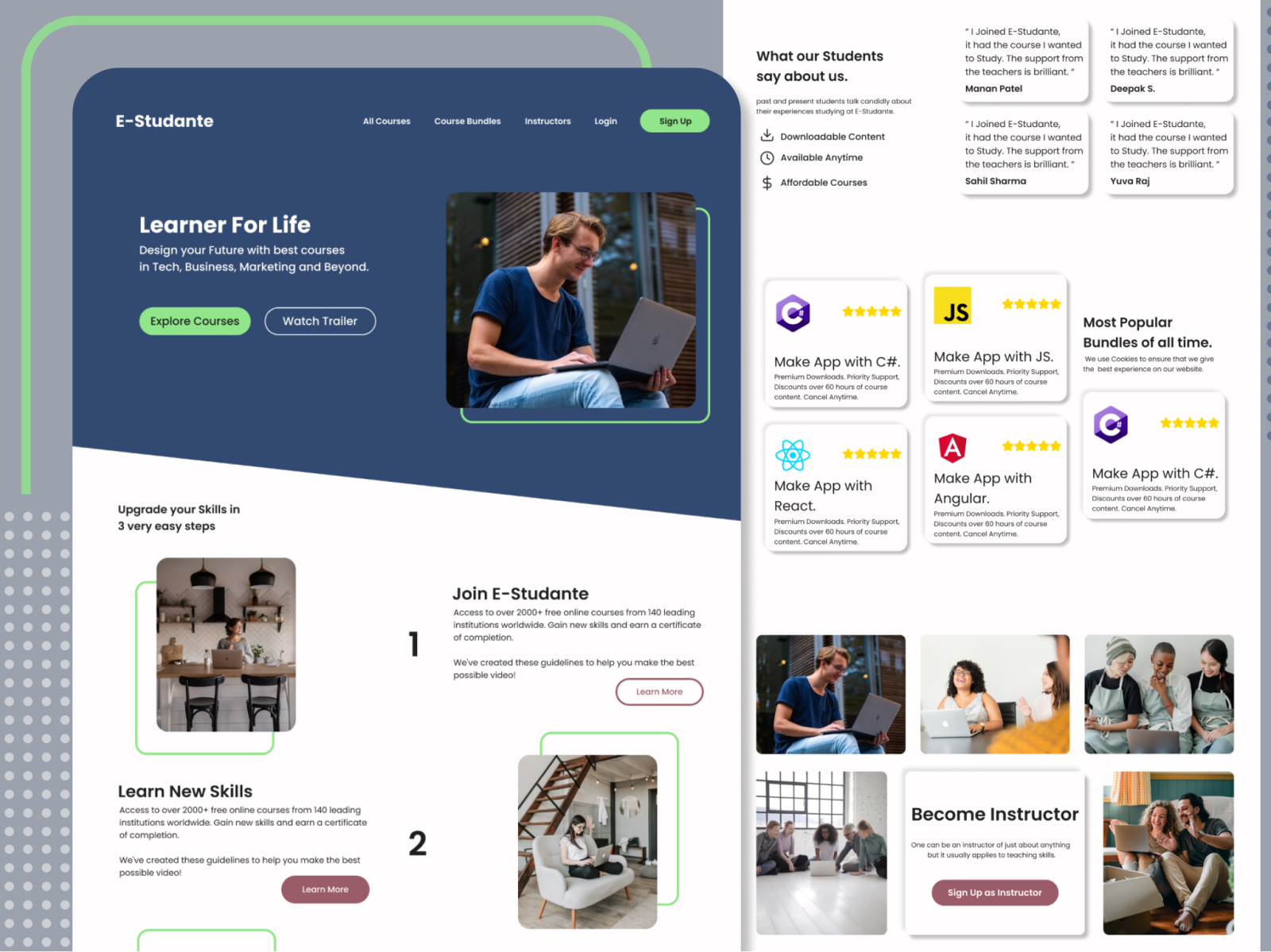Improving Efficiency IBC’s E-Portal Implementation 2023

Improving Efficiency IBC’s E-Portal Implementation 2023
The Insolvency and Bankruptcy Code (IBC) was enacted in India in 2016 with the aim of addressing the challenges faced by the country’s corporate sector and financial institutions in dealing with insolvency and bankruptcy cases.
One of the significant milestones in the IBC’s implementation was the proposal to establish an E-Portal for the resolution of these cases.

While the concept of an E-Portal seemed promising and efficient, the actual implementation has proven to be a prolonged journey, with several challenges and delays.
The IBC E-Portal was envisioned as a digital platform where all the stakeholders involved in insolvency and bankruptcy proceedings could interact seamlessly. It aimed to bring transparency, efficiency, and accountability to the resolution process.
The E-Portal was expected to streamline the filing of insolvency cases, provide real-time updates on case statuses, facilitate communication between creditors, debtors, and resolution professionals, and ensure a fair and time-bound resolution process.
When the idea of the IBC E-Portal was first proposed, there was optimism regarding its swift implementation. It was seen as a revolutionary step towards transforming India’s insolvency and bankruptcy landscape.

The expectations were high, with stakeholders anticipating quicker resolutions, reduced litigation, and a boost to the ease of doing business in India.
However, the reality has been far from these initial expectations. The implementation of the E-Portal has faced numerous roadblocks and delays, leading to a prolonged timeline.
Challenges Faced in the Implementation of IBC E-Portal
- Technical Challenges: Developing a robust and secure digital platform for handling complex insolvency and bankruptcy cases has proven to be a significant technical challenge. The need for stringent cybersecurity measures, data protection, and seamless integration with various existing systems has delayed the development and rollout of the E-Portal.
- Legal Framework: The IBC E-Portal had to be aligned with existing laws and regulations. This required extensive legal scrutiny and amendments, which further extended the timeline for implementation.
- Stakeholder Buy-In: Convincing all stakeholders, including creditors, debtors, insolvency professionals, and regulators, to adopt the E-Portal was a daunting task. Resistance to change and concerns about data security and privacy had to be addressed before widespread adoption could occur.
- Infrastructure and Training: Building the necessary infrastructure and providing training to stakeholders, especially in remote or less technologically advanced regions of India, was another hurdle. Ensuring that all parties could use the E-Portal effectively was essential for its success.
- Testing and Debugging: Rigorous testing and debugging of the E-Portal were crucial to prevent any technical glitches or security vulnerabilities. This process, though essential, consumed significant time and resources.
- Continuous Updates and Maintenance: The digital landscape is ever-evolving, requiring continuous updates and maintenance to keep the E-Portal secure and efficient. This ongoing commitment further extended the timeline.
Given these challenges, the implementation of the IBC E-Portal has indeed taken at least two years, if not longer, from the time it was initially conceived. Delays in development, legal amendments, stakeholder buy-in, and technical hurdles have collectively contributed to this extended timeline.

Moreover, it’s essential to acknowledge that while the E-Portal has faced delays, its potential benefits remain significant. Once fully operational, it has the potential to revolutionize the insolvency and bankruptcy resolution process in India, making it more transparent, efficient, and accountable.
The implementation of the IBC E-Portal under the Insolvency and Bankruptcy Code has been a prolonged journey, with numerous challenges and delays.
However, these challenges should not overshadow the importance of the E-Portal in transforming India’s insolvency and bankruptcy landscape. It is a crucial step towards making the process more efficient and accessible to all stakeholders.
While the journey has been long, it is essential to remain committed to the goal of achieving a robust and effective E-Portal.

With continuous efforts, collaboration, and the resolution of technical and regulatory challenges, the IBC E-Portal can ultimately fulfill its promise of streamlining insolvency and bankruptcy proceedings in India, benefiting the economy and the business environment as a whole.




